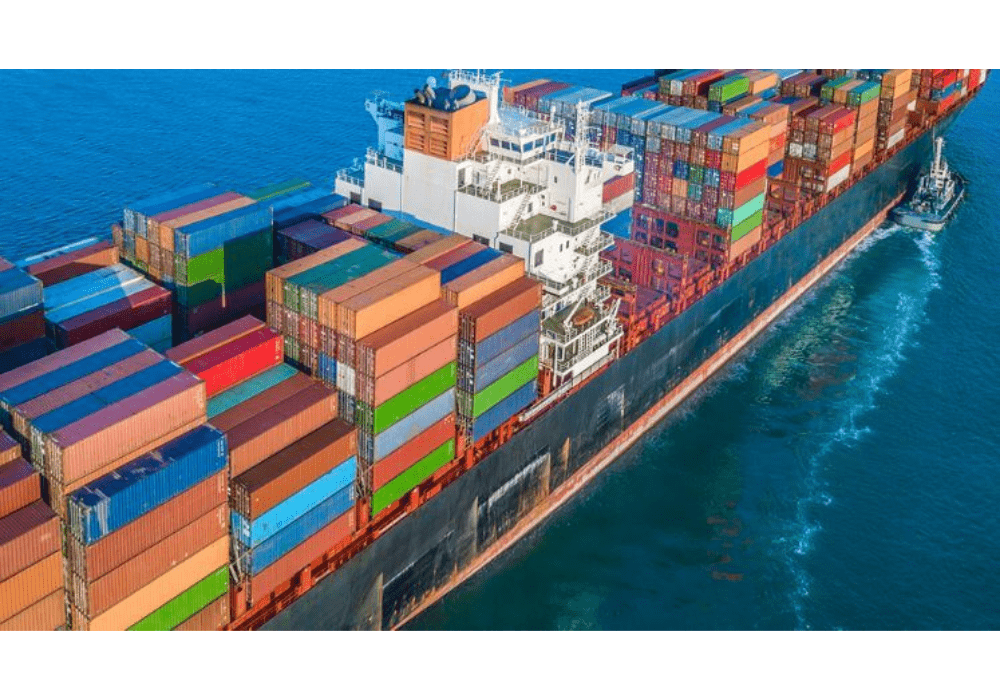Indian textile exporters are exploring new opportunities in Europe and offering price discounts to US buyers after Washington imposed steep tariffs of up to 50 percent on Indian goods. The tariff hike, announced in August by President Donald Trump, affected a wide range of Indian exports including garments, jewelry, and seafood, significantly impacting trade flows.
Read More: Japanese Companies Strengthen Investment in Bangladesh’s Expanding Consumer Market
To reduce reliance on the US, many exporters are shifting attention to the European Union, India’s largest trading partner with two-way trade reaching 137.5 billion dollars in the fiscal year ending March 2024, marking a 90 percent rise over the past decade. Negotiations for a free trade agreement between India and the EU are now in their final phase, with both sides aiming to seal the deal by year-end.
Industry leaders say exporters are upgrading production facilities to meet the EU’s stricter requirements on chemical use, labeling, and ethical sourcing. “The focus now is to diversify and comply with European standards,” said Rahul Mehta, chief mentor of the Clothing Manufacturers Association of India.
However, the impact of US tariffs remains severe. Vijay Kumar Agarwal, chairman of Mumbai-based Creative Group, warned that prolonged tariffs could force the company to cut up to 7,000 jobs from its 15,000-strong workforce and even relocate operations to Oman or Bangladesh.
Read More: Bangladesh Gears Up to Tap South Asia’s $37 Billion Logistics Boom
With the US currently accounting for 29 percent of India’s 38 billion dollar textile exports, the industry’s ability to adapt and expand into new markets will determine how effectively it weathers this trade challenge


